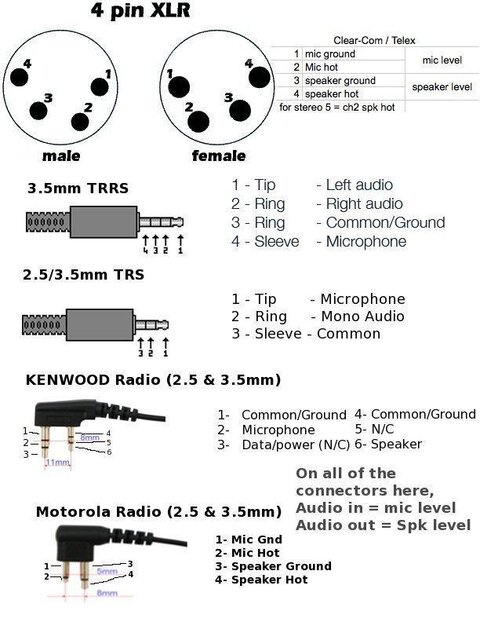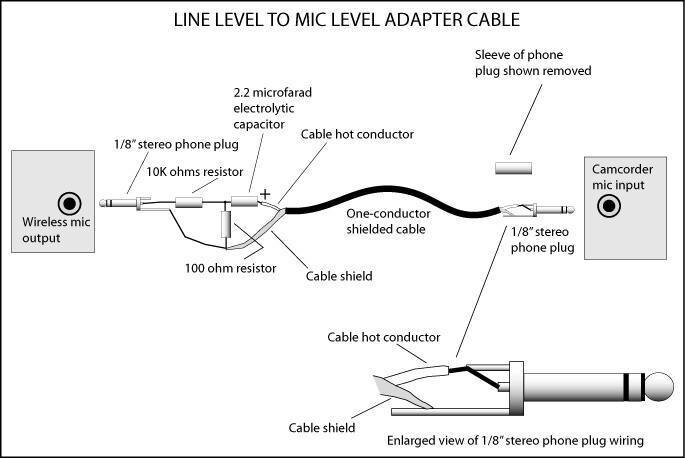joeyfergie
Member
During the last show I was working on, just before we began our second last show (which was also adjudication night!), our clearcom to the orchestra went out. Later figured out it was a bad cable, but due to time/lack of extra cables, there was no way to immediately fix it at the time. What we did instead was take one of the house phones, as well as my cell phone, and made an open line between them, giving one phone to the SM in the booth, and the other to the Musical Director in the pit. Worked well enough for the 2 final performances. However, I would like to create something so that if something like this happened again, or if we needed more beltpacks than we had, there was a solution.
This is what i was thinking. An adapter which goes from 4pin XLR (clearcom headset connector) to either a 1/8" TRS or dual 1/8" TS, so that you can hook it into a phone or a computer. This way, you would either be able to call the phone, or use Skype on the computer and "join" the clearcom conversation. Has anyone tried anything like this before, and would it work? You would need a beltpack or basestation to connect this to (our basestation has a headset input), and I am hoping that it would be able to just add the new device in. Any help or suggestions would be greatly appreciated!!
This is what i was thinking. An adapter which goes from 4pin XLR (clearcom headset connector) to either a 1/8" TRS or dual 1/8" TS, so that you can hook it into a phone or a computer. This way, you would either be able to call the phone, or use Skype on the computer and "join" the clearcom conversation. Has anyone tried anything like this before, and would it work? You would need a beltpack or basestation to connect this to (our basestation has a headset input), and I am hoping that it would be able to just add the new device in. Any help or suggestions would be greatly appreciated!!
Last edited:




